Espresso, a concentrated coffee beverage originating from Italy, has become a global staple for caffeine enthusiasts. According to the U.S. Department of Agriculture, a single shot of espresso-typically defined as 1 ounce (30 milliliters)-contains an average of 63 milligrams of caffeine, though this value can vary depending on coffee bean variety, roast profile, brewing technique, and serving size. You can view the official USDA caffeine chart here.
Let's discuss the caffeine content of espresso in detail, exploring the variables that influence its potency, comparing it to other coffee drinks, and addressing common misconceptions about its effects.
But Wait - What Exactly Is a Shot of Espresso?
First things first: a shot of espresso is a small, concentrated coffee drink-about 1 ounce (30 milliliters).
However, many baristas nowadays use a double-shot basket, 17 to 20 grams of ground coffee to make a 36 to 40 gram shot. Sometimes it's also called a shot of espresso. So, double shots (2 ounces) are common in commercial settings.
In addition to the standard espresso shot, there are variations such as ristretto and lungo.
A ristretto is a shorter shot, typically about half the volume of a standard espresso, made with the same amount of coffee grounds but less water, resulting in a more concentrated and intense flavor.
On the other hand, a lungo is a longer shot, using more water and a longer extraction time, which produces a larger volume of coffee with a milder taste and slightly higher total caffeine content.
*If you have a HiBREW espresso machine, you can find both single and double-shot baskets in the box.
So, How Much Caffeine Is in a Shot of Espresso?
Here’s the quick answer:
A standard espresso shot contains about 63 milligrams of caffeine.
This number comes from the U.S. Department of Agriculture’s FoodData Central and is widely used by nutrition experts and universities. Of course, the actual amount can vary a bit, usually landing somewhere between 47 and 65 milligrams per shot.
If the shot is made with a double-shot dosage, as we mentioned above, the caffeine content can be doubled to 126 mg or more.
Why Does the Caffeine Amount Vary?
Not all espresso shots are created equal. Here are a few reasons why:
Coffee Dose
A single shot typically uses 7–9 grams of coffee grounds, while a double shot uses 14–18 grams. Higher doses increase caffeine content proportionally.
Coffee Bean Varieties
The species of coffee beans is the primary determinant of caffeine levels:
- Arabica (Coffea arabica): Constitutes ~60% of global coffee production. Arabica beans contain 1.2–1.5% caffeine by weight, yielding approximately 63–70 mg per single shot.
- Robusta (Coffea canephora): Hardier and more bitter, Robusta beans boast 2.2–2.7% caffeine by weight, delivering ~140 mg per single shot. [2]
Most specialty coffee shops use Arabica beans for their superior flavor, while commercial blends often incorporate Robusta for cost efficiency, more caffeine, and richer crema.

Roast Profile
Contrary to popular belief, lighter roasts contain marginally more caffeine than darker roasts.
During roasting, beans lose mass through moisture evaporation and caramelization. Since caffeine remains stable at roasting temperatures (up to 470°F/243°C), lighter roasts retain slightly more caffeine by volume (though not by weight). For example:
- Light roast (City roast): ~1.3% caffeine by weight
- Dark roast (French roast): ~1.1% caffeine by weight
This difference is subtle but measurable, equating to a ~15% reduction in caffeine from light to dark roast in volumetrically measured doses.

Espresso vs. Regular Coffee: Which Has More Caffeine?
Here’s where things get interesting. Espresso is much more concentrated- there’s a lot of caffeine in a small amount of liquid.
But if you compare a single espresso shot to a full cup of regular drip coffee or other caffeinated drinks, the cup usually wins for total caffeine.
|
Beverage |
Volume |
Caffeine (mg) |
Caffeine per Ounce (mg) |
|---|---|---|---|
|
Single Espresso |
1 oz |
63–65 |
63–65 |
|
Double Espresso |
2 oz |
126–130 |
63–65 |
|
Drip Coffee |
8 oz |
95–96 |
12–16 |
|
Cold Brew Coffee |
8 oz |
150–200 |
18–25 |
Thus, a 12-ounce latte with two espresso shots contains ~126 mg of caffeine, less than a 12-ounce drip coffee (~144 mg). However, espresso’s rapid absorption rate (due to concentrated serving size) can create a more immediate stimulant effect.

Commercial Variations
- Starbucks: A single shot contains about 75 mg, while a double shot has 150 mg.
- Nespresso Pods: Range from 60 mg (Arabica) to 120 mg (Robusta blends).
What About Espresso Drinks?
If you love lattes, cappuccinos, or Americanos, you’re still getting the caffeine from the espresso shots inside. It's very simple to calculate the caffeine levels; it's all about how many shots the barista puts in your espresso drinks. For example:
- Latte (with 1 shot): About 63 mg caffeine
- Cappuccino (1 shot): About 63 mg caffeine
- Americano (1 shot): About 63 mg caffeine
- Double-shot drinks: Just double the caffeine!
Always check with your barista if you’re unsure how many shots are in your drink.

Is Decaf Espresso Really Caffeine-Free?
Not quite! Decaf espresso still has a little caffeine-usually between 0.3 and 7 milligrams per shot. It’s much less than regular espresso, but if you’re very sensitive to caffeine, it’s good to know.
How Much Caffeine Is Safe?
Most health experts, including the U.S. Food and Drug Administration, recommend keeping your daily caffeine intake below 400 milligrams, equivalent to:
- 6 single espresso shots
- 3 double espresso shots
- 4 cups of drip coffee
Exceeding this limit and too much caffeine consumption may cause insomnia, jitteriness, or elevated heart rate.
In a Nutshell
A shot of espresso gives you about 63 milligrams of caffeine-enough to wake you up and get you moving, but not as much as a full cup of coffee. The exact amount can change depending on the coffee beans, roast, and how it’s made. Knowing what’s in your cup helps you enjoy your coffee while keeping your caffeine intake in check.
And Here is the Espresso Caffeine Myths Debunked
- "Espresso has more caffeine than coffee": False by volume, true by caffeine concentration. A 1-ounce espresso shot has less total caffeine than an 8-ounce coffee but over triple the concentration.
- "Dark roast is stronger": "Strength" refers to flavor intensity, not caffeine content. Dark roasts taste bolder due to caramelized sugars but contain slightly less caffeine.
- "Crema contains the most caffeine": Crema is an emulsion of CO₂ and oils; caffeine is evenly distributed throughout the shot.
References:
-
U.S. Department of Agriculture FoodData Central – Caffeine Content of Espresso - https://www.nal.usda.gov/sites/default/files/page-files/caffeine.pdf
-
Harvard T.H. Chan School of Public Health – Coffee and Health - https://nutritionsource.hsph.harvard.edu/2015/02/23/ask-the-expert-coffee-and-health-2/
-
PubMed – Espresso Coffees, Caffeine and Chlorogenic Acid Intake: Potential Health Implications - https://pubmed.ncbi.nlm.nih.gov/22130653/

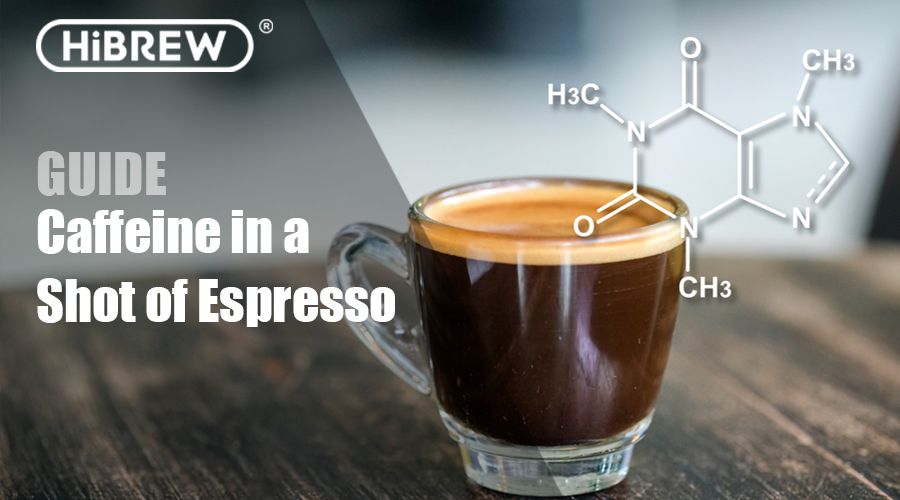
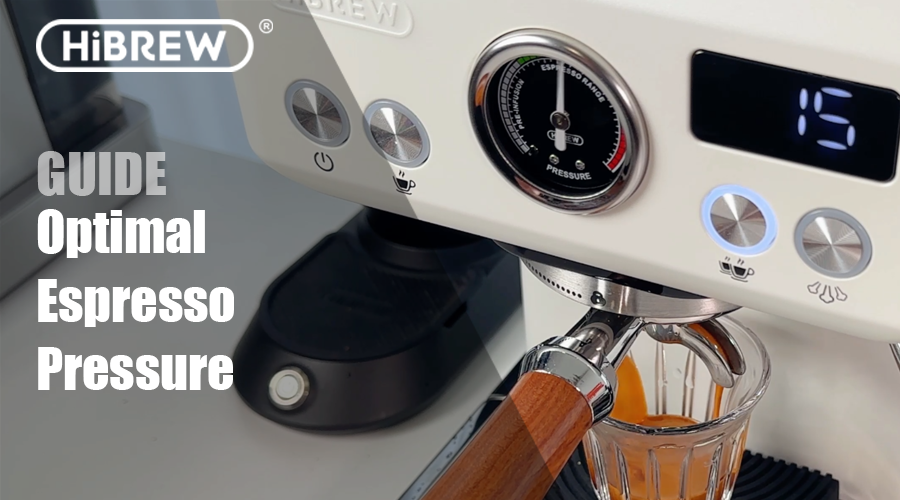
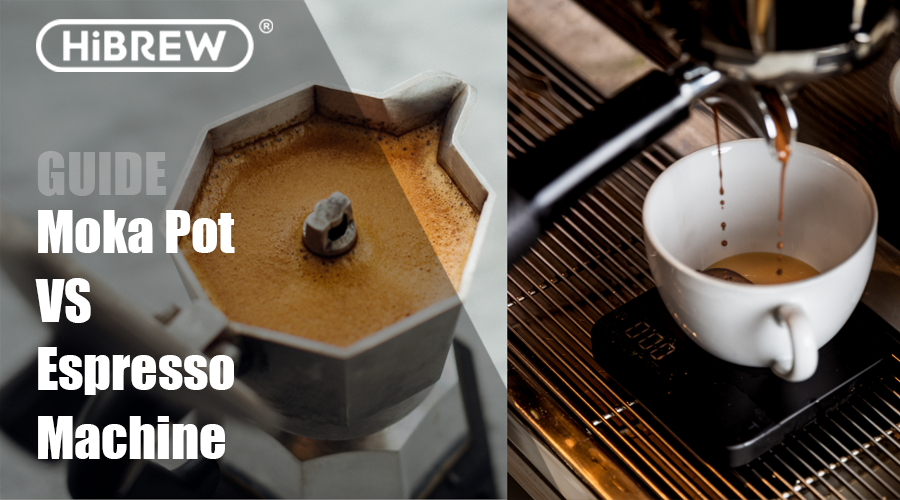
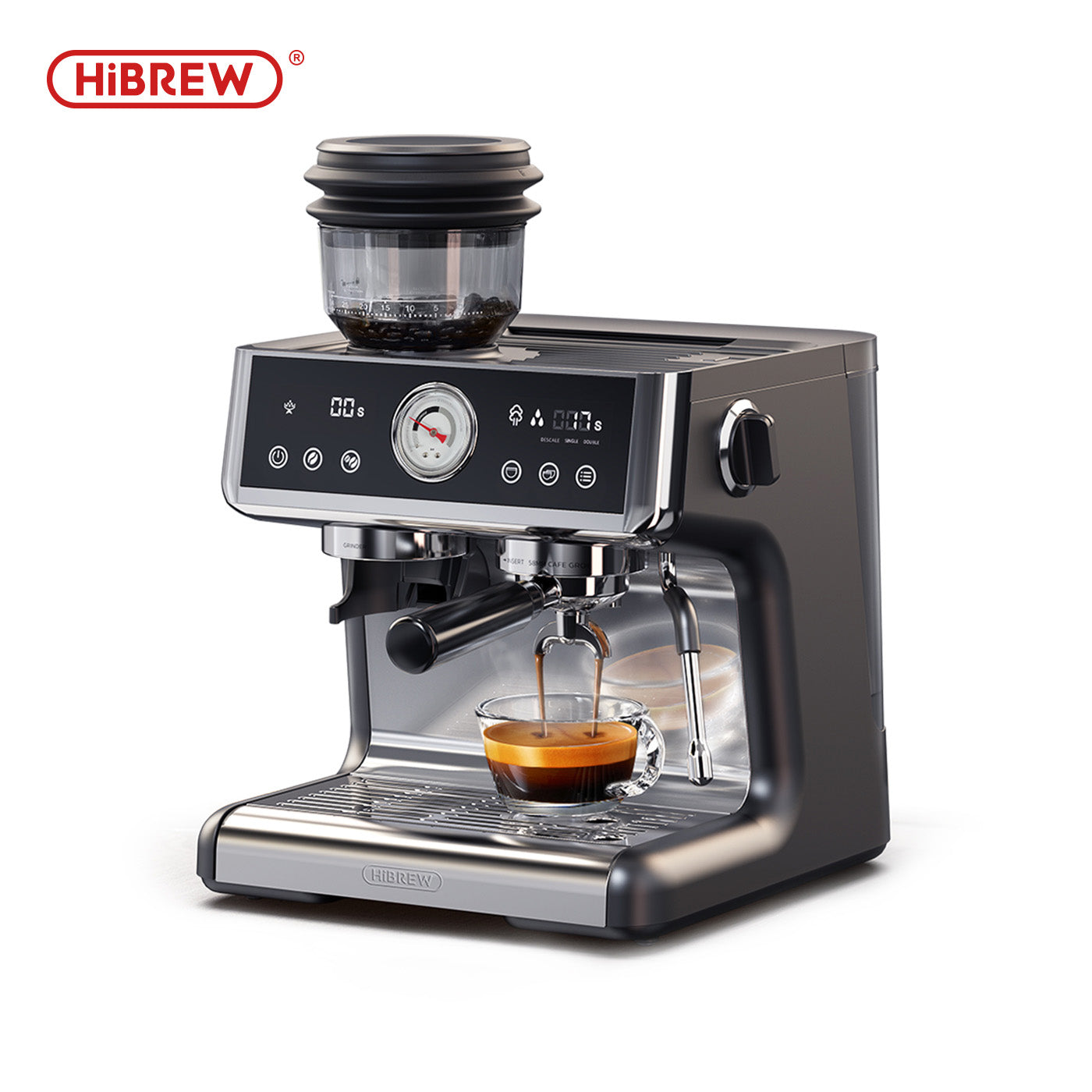
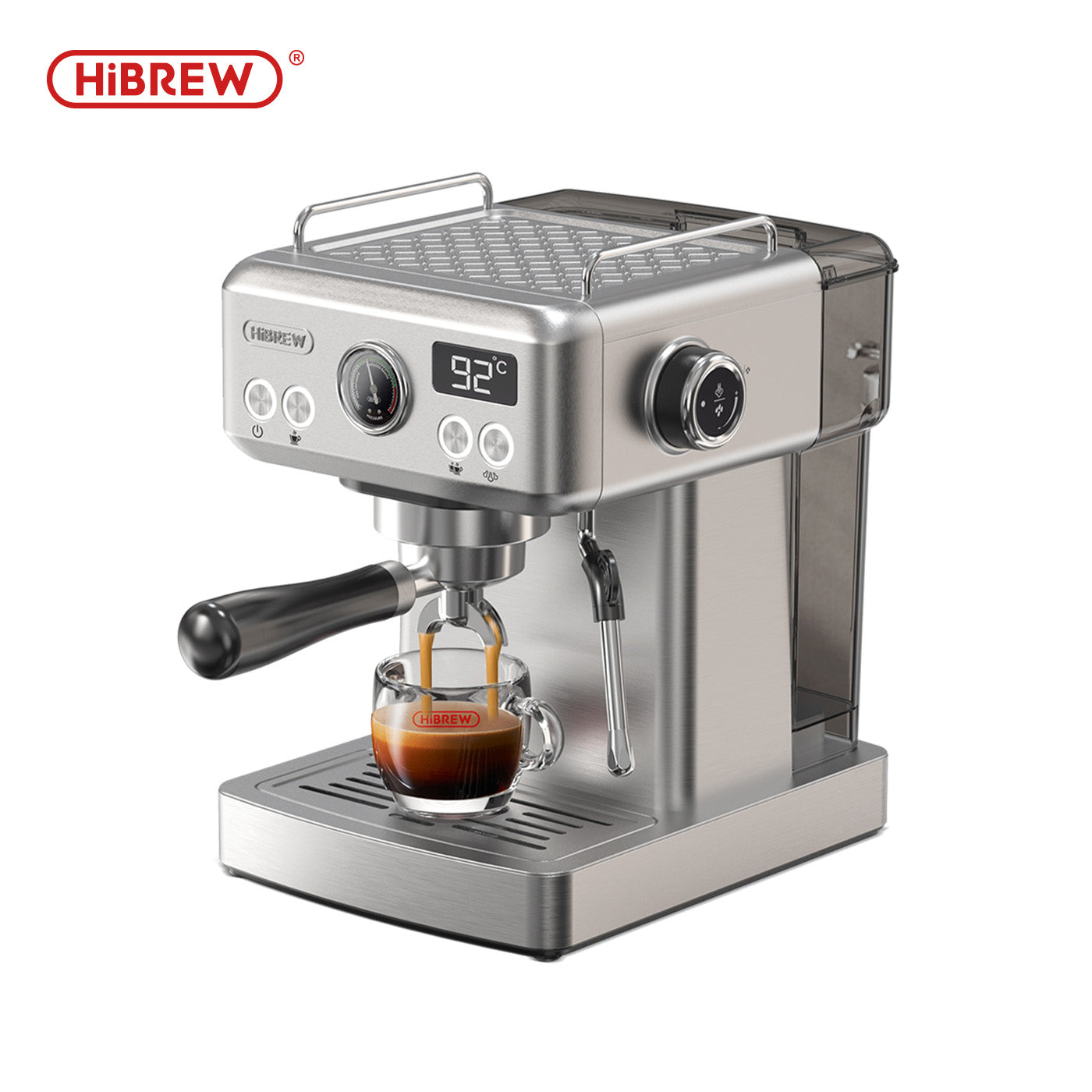
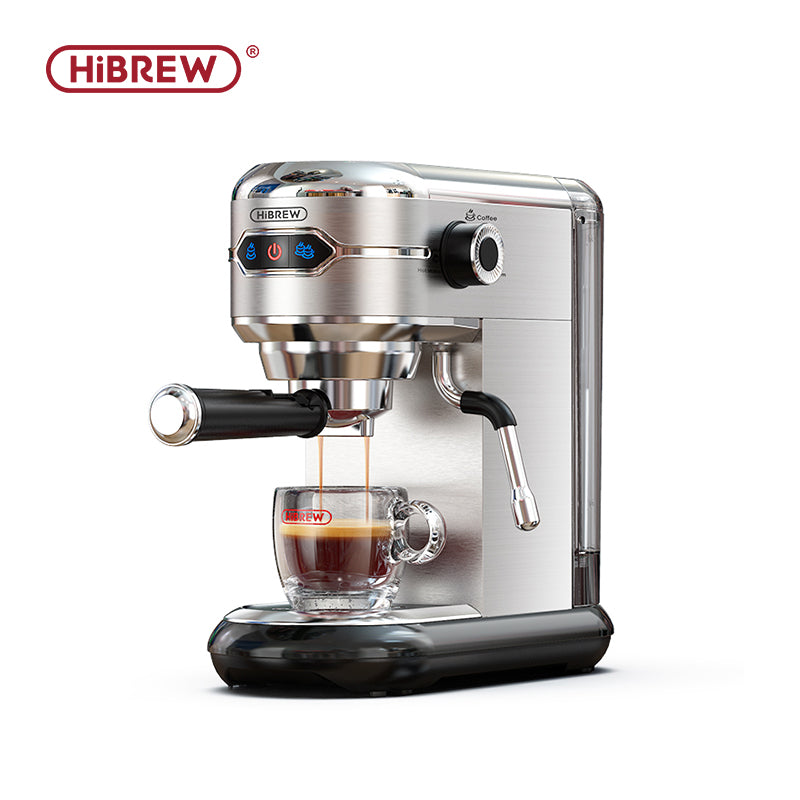
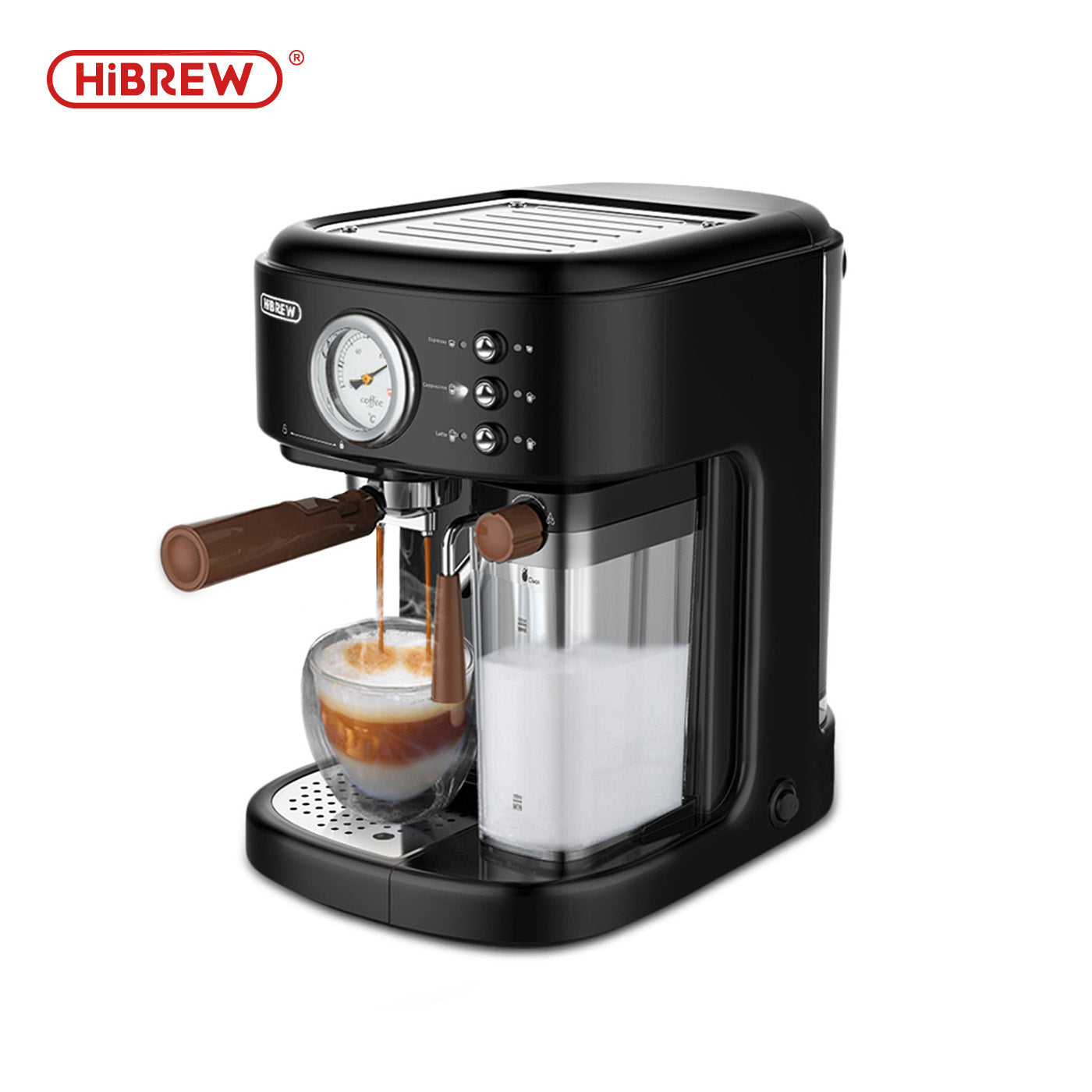
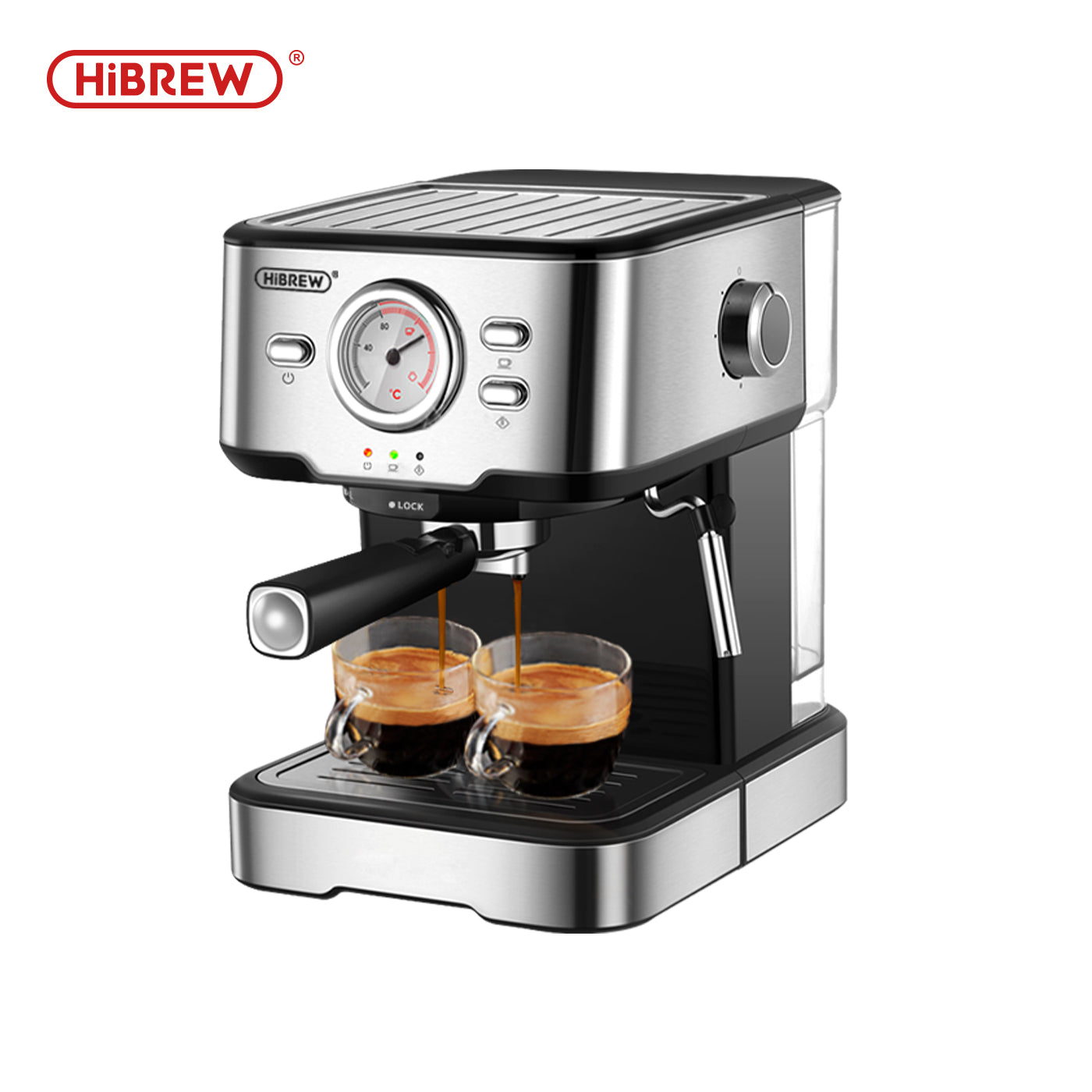
Leave a comment
All comments are moderated before being published.
This site is protected by hCaptcha and the hCaptcha Privacy Policy and Terms of Service apply.